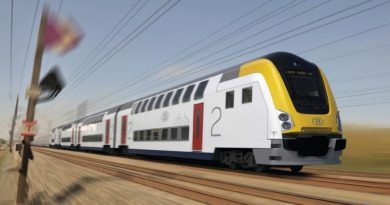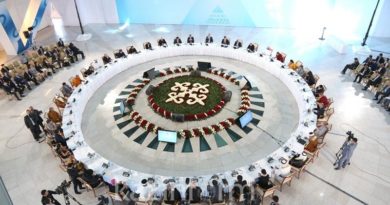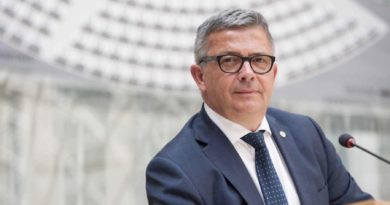Towards a fast and efficient public transport network in Jakarta
Can you imagine a fast and efficient road public transport network? Living in cramped European cities it is hard to imagine, but that is exactly what Jakarta and many other megacities have done in the past couple of decades.
The solution is called Bus Rapid Transit (BRT) and consists of dedicated central lanes for buses serving regular routes. Passengers board the bus through a metro-like station and these fast buses swiftly take the to their destination. By integrating this transport mode with existing rail services and strengthening the first and last mile options to better connect BRT stations, Transjakarta has managed to decrease the congestion levels by 8% according to the TomTom Traffic Index.
With 260 BRT station spread in 13 corridors and the world’s longest route (251 km), Transjakarta now moves close to 1 million people each day out of the 20 million inhabitants in the city and suburbs. This represents a 4-fold increase in the past 5 years, and the system is accessible (BRT station <500 m) to 77% of the population, with the aim to reach 95% in the next few years.
But just how did Transjakarta achieve this impressive turnaround in one of the world’s most congested cities? Firstly, by planning and integrating with existing transport such as metro and light rail. Another important measure is the gradual integration of independent cooperative owned minibuses for the first and last miles – and upgrading them to higher quality and comfort standards. The third measure to highlight is the affordability of Transjakarta’s system, with a single ticket costing around 0.3 cents and a 3-hour ticket around 0.50 cents. To encourage the use of modern minibuses they are free of charge. And of course, there is only 1 transport card for all the system.
What is next for Transjakarta?

After their participation in the International Bus Conference in Brussels, Transjakarta’s CEO, Dr Agung Wicaksono and his team are touring Europe to get to know potential suppliers for their plan of electrifying their bus network. Most buses in the Transjakarta fleet are European, but so far, they are testing 3 Chinese manufactured electric buses. Doubts remain around the performance of European manufactured electric buses’ performance in Indonesia’s tropical climate, which is why Transjakarta’s team is visiting European manufacturers, emphasising that they are first and foremost looking for quality and sustainable vehicles.
Transjakarta’s success in gradually solving a megapolis’ transport crisis highlights the importance of integration of different transport modes, of concertation between authorities and of improving the convenience, efficiency and affordability of public transport. Brussels should heed the lessons learned by these public transport giants and emulate their ambition in solving mobility challenges.



